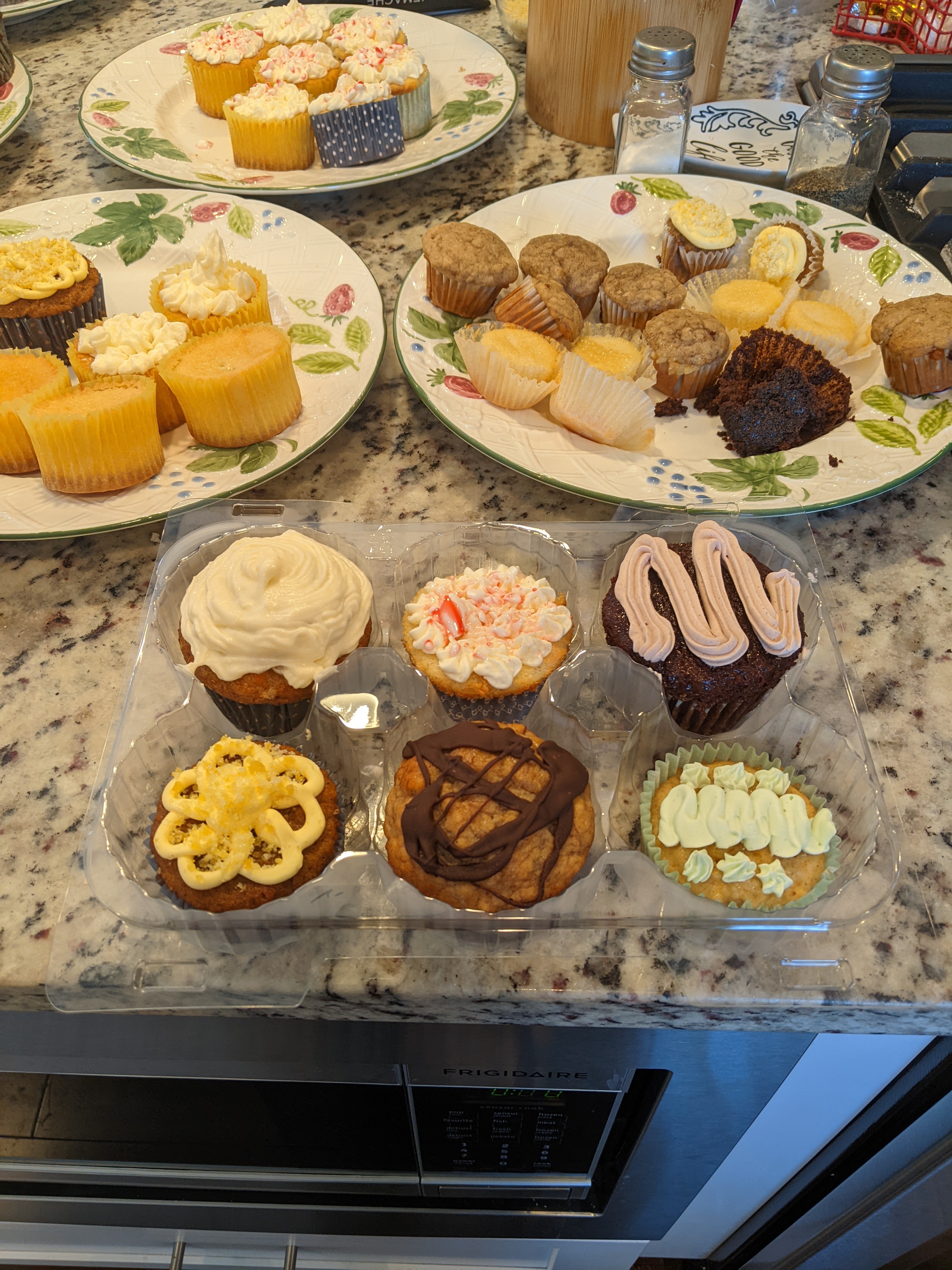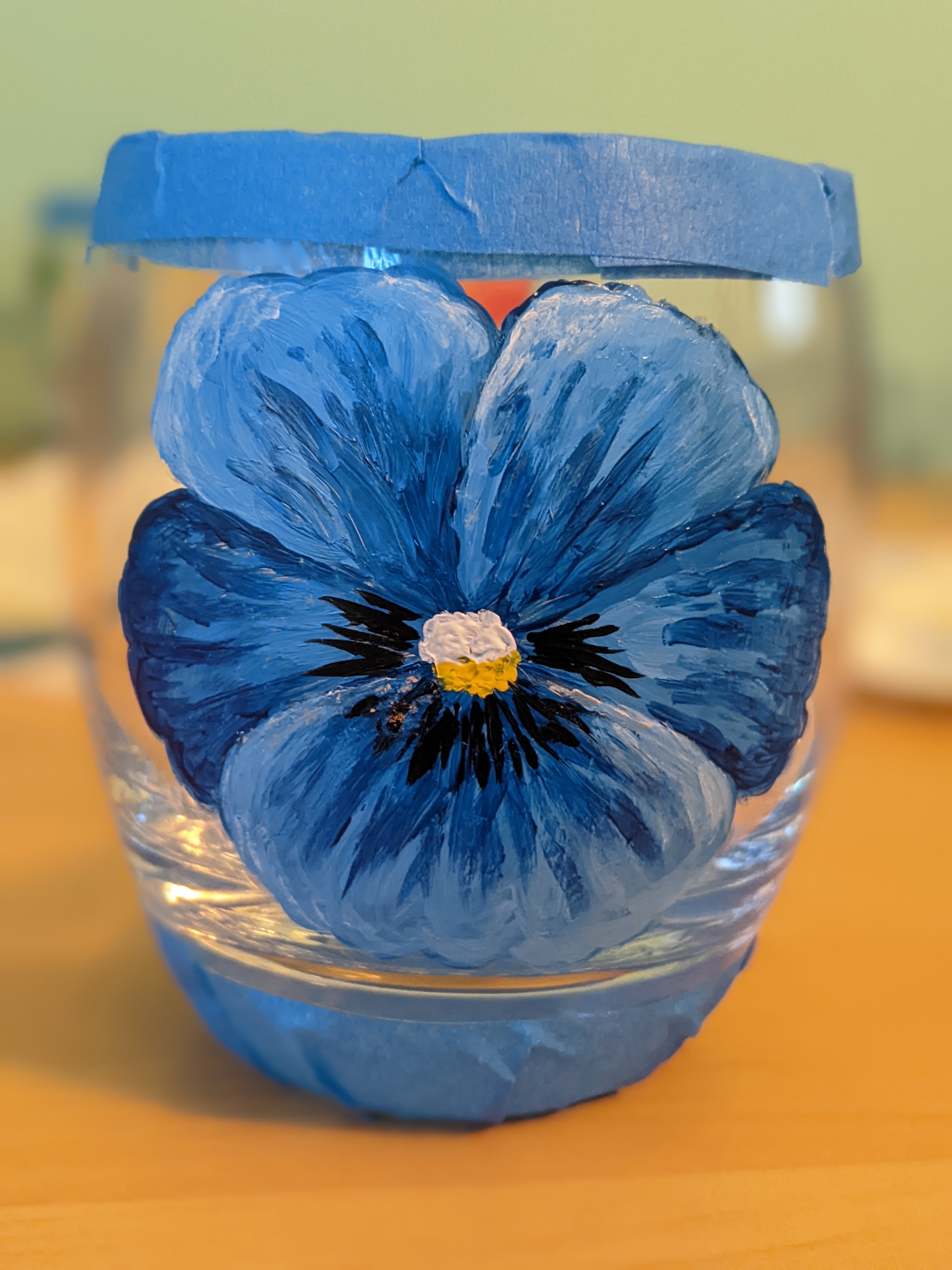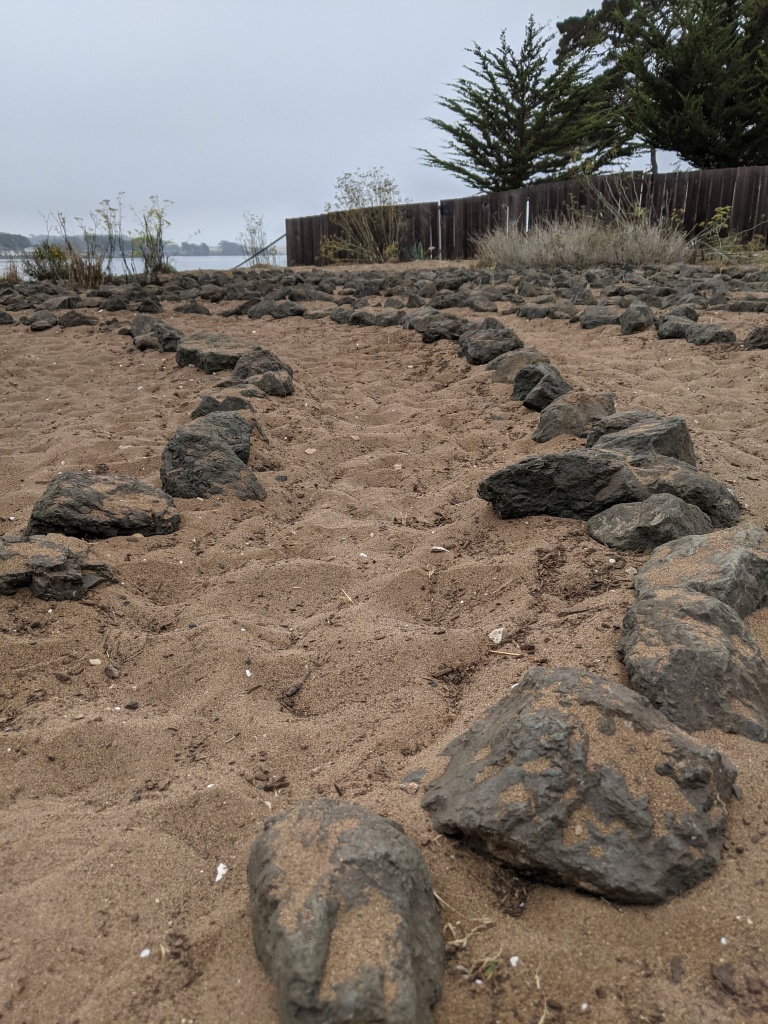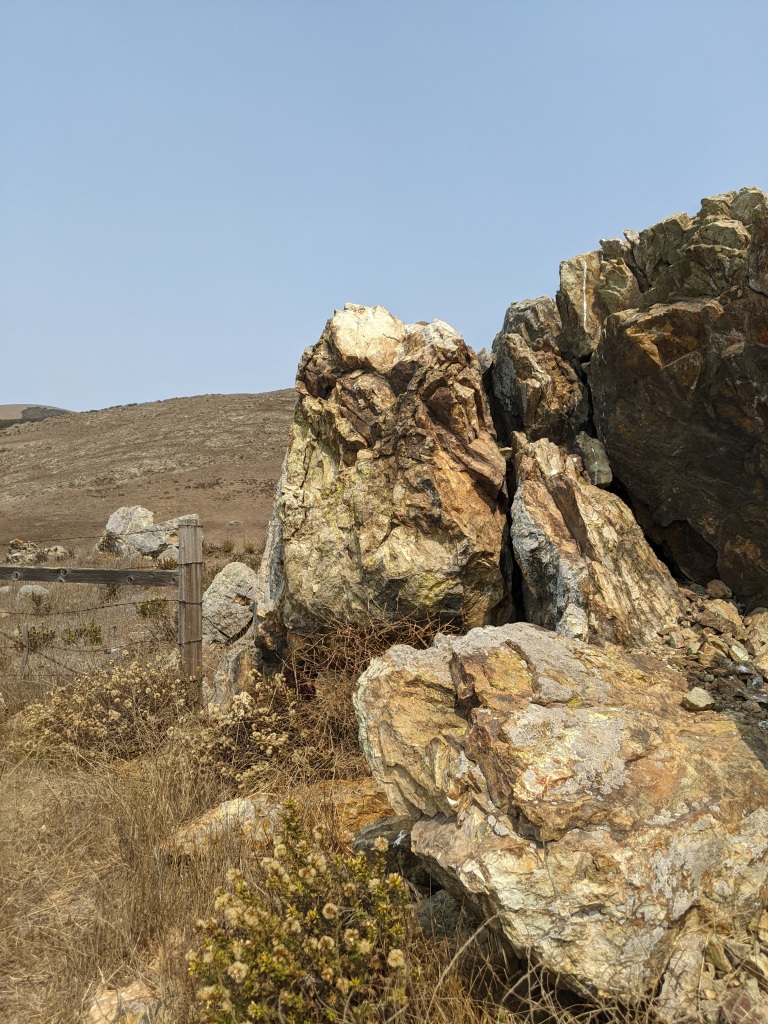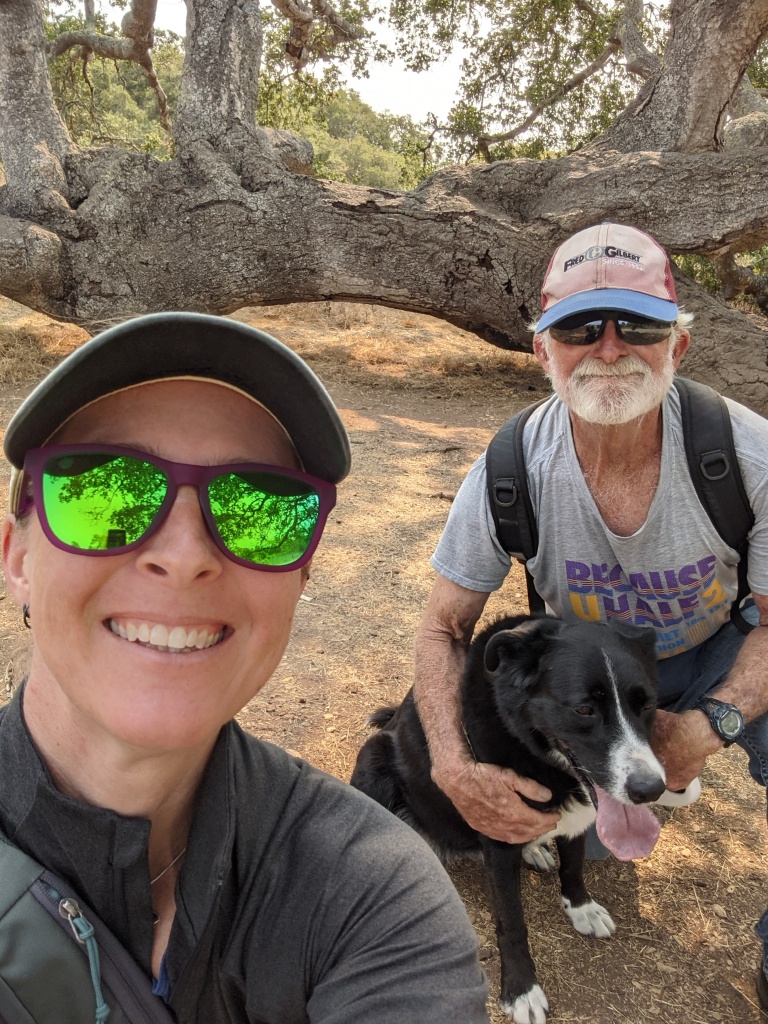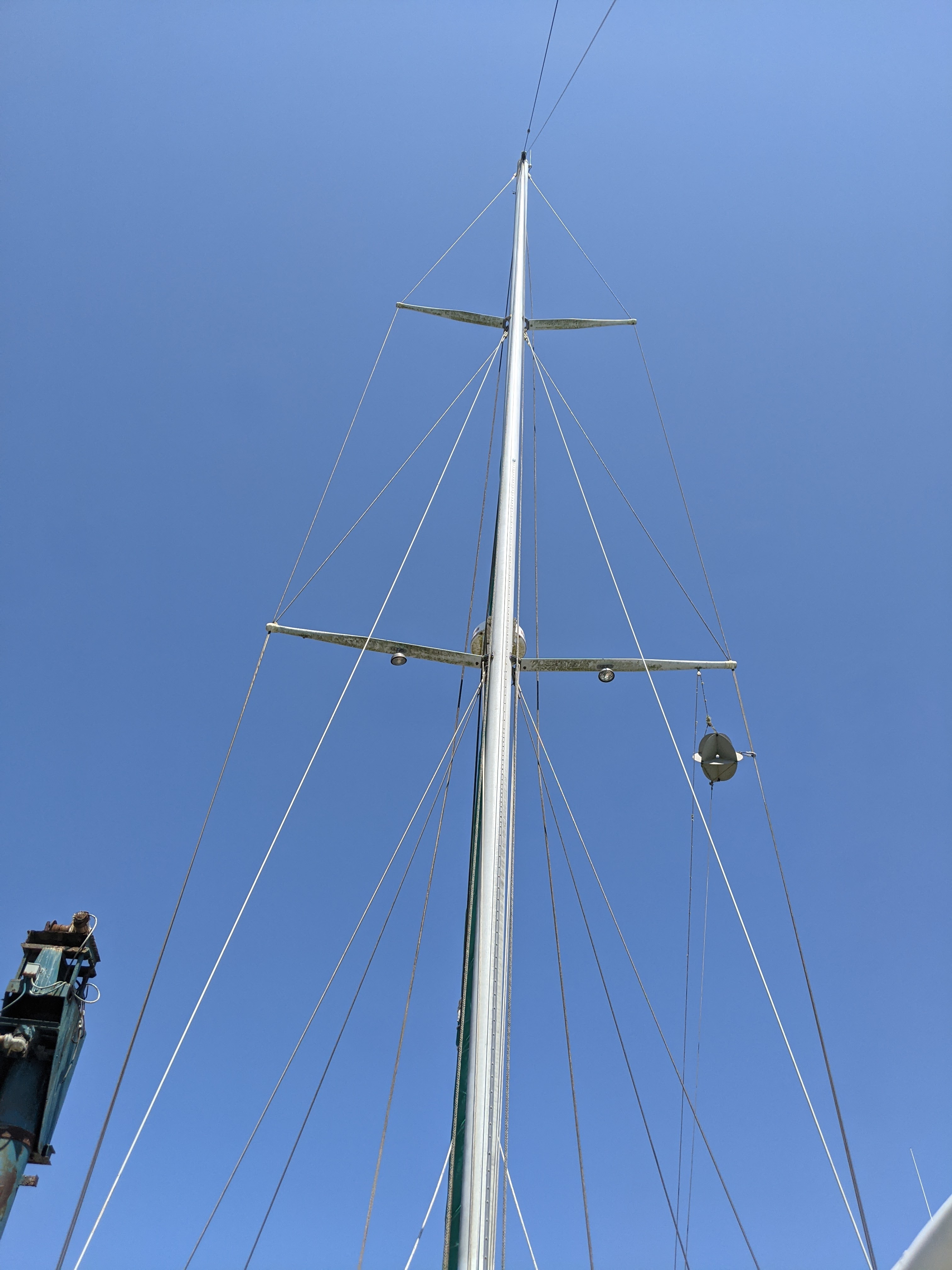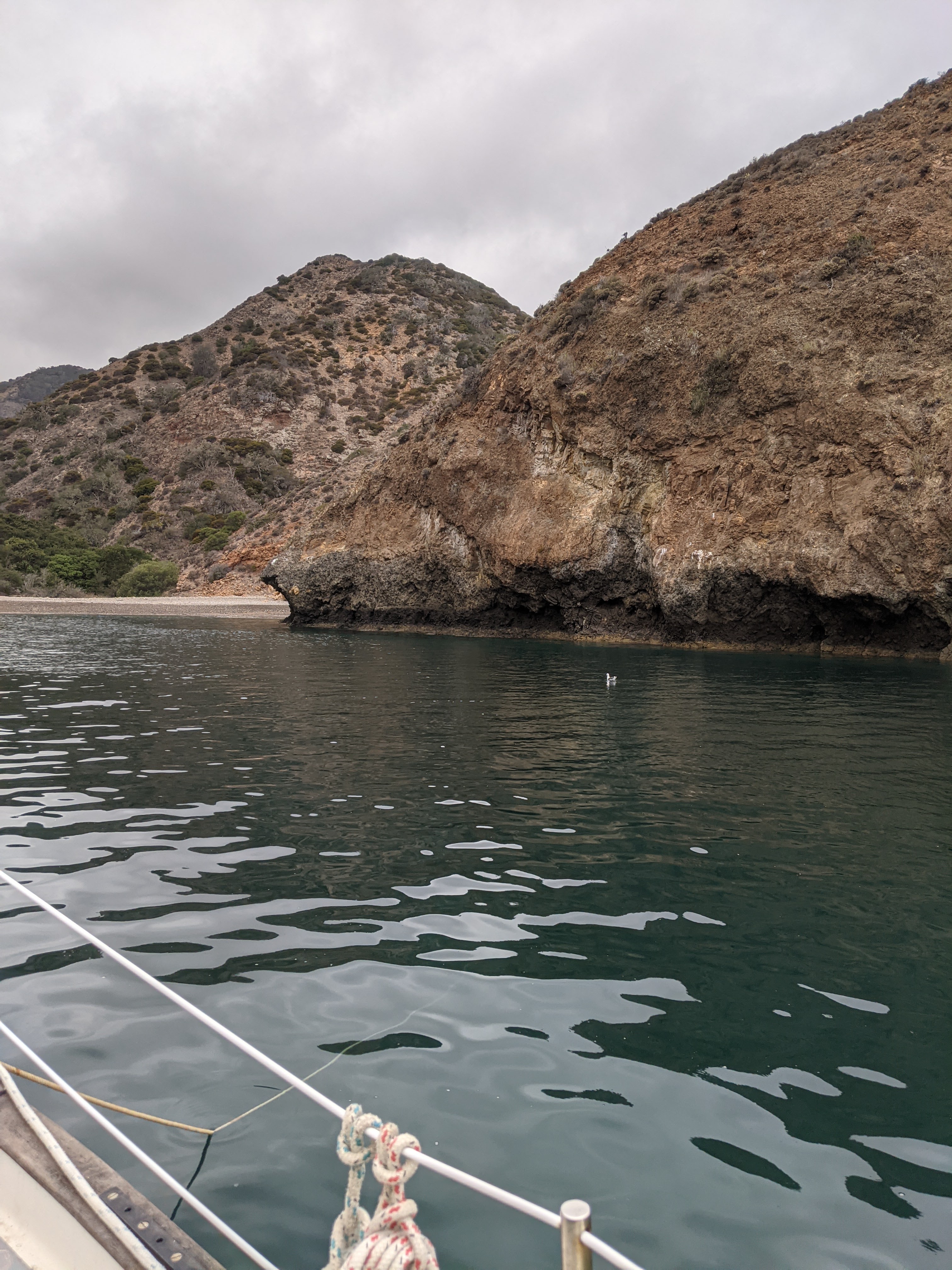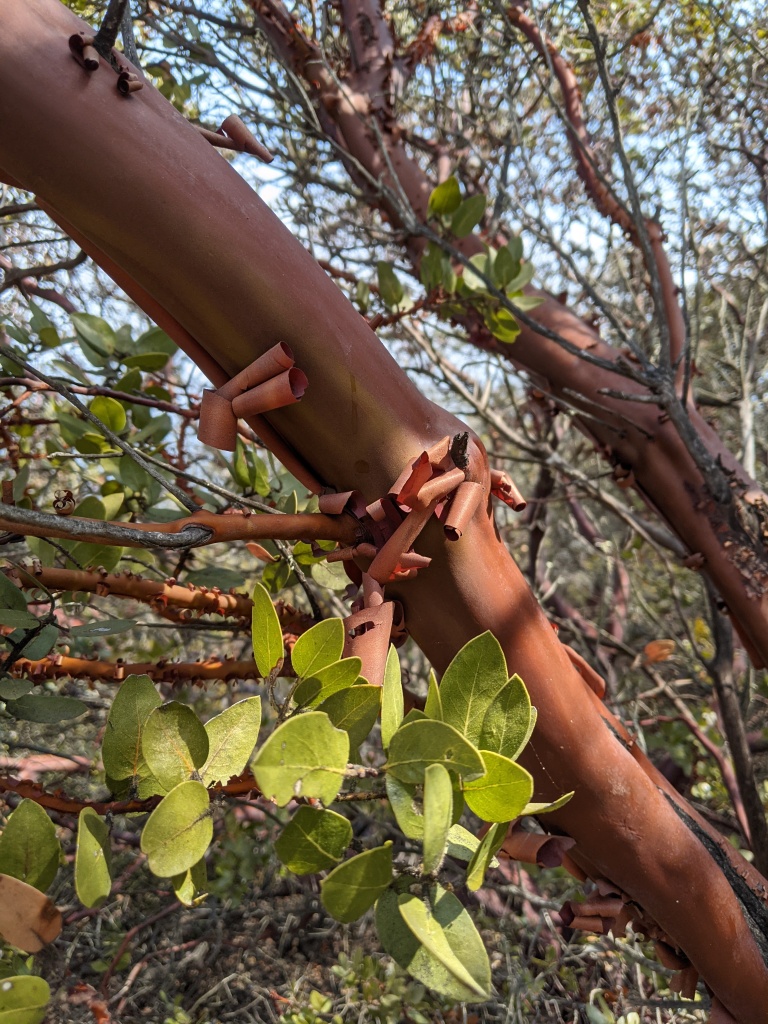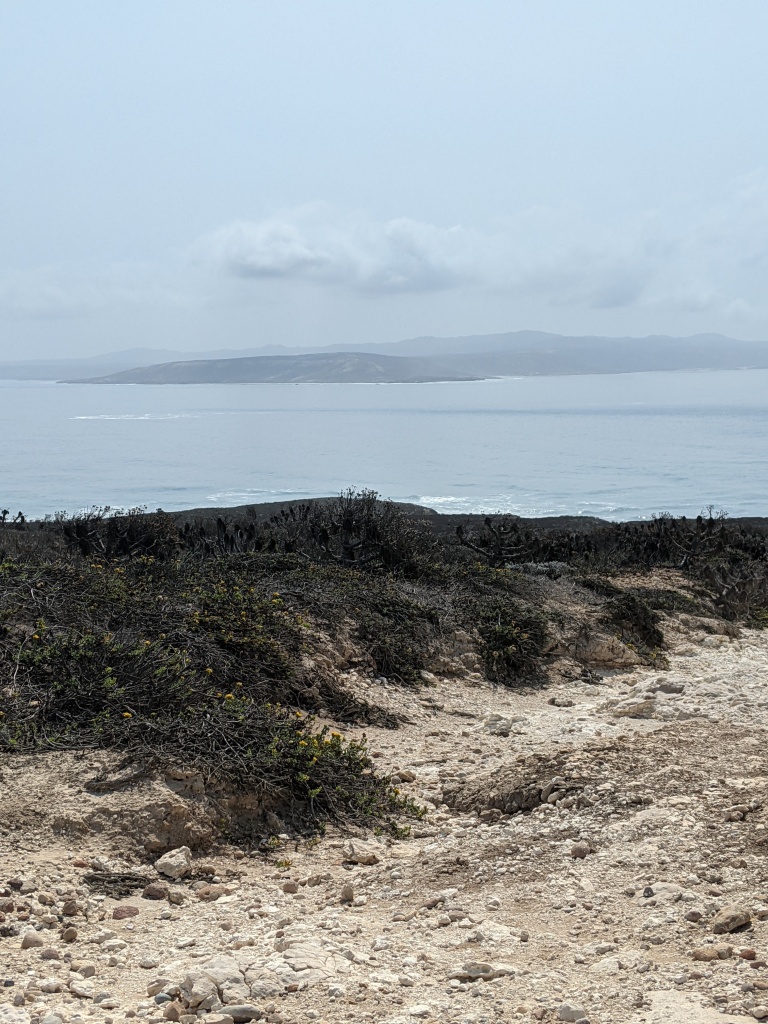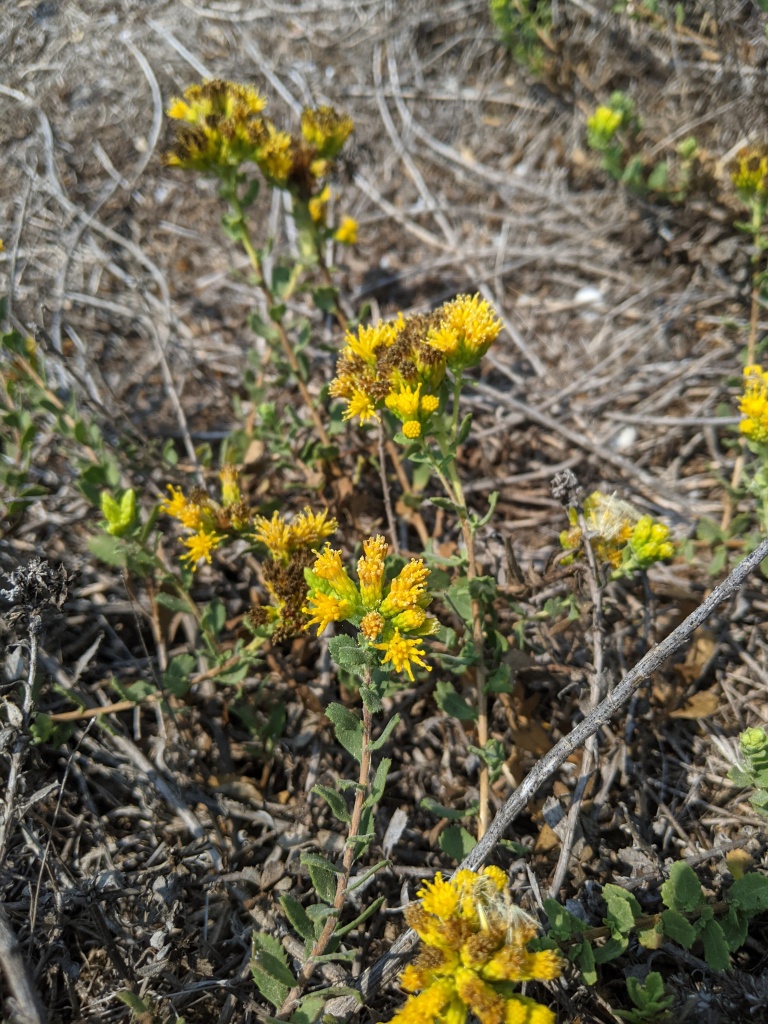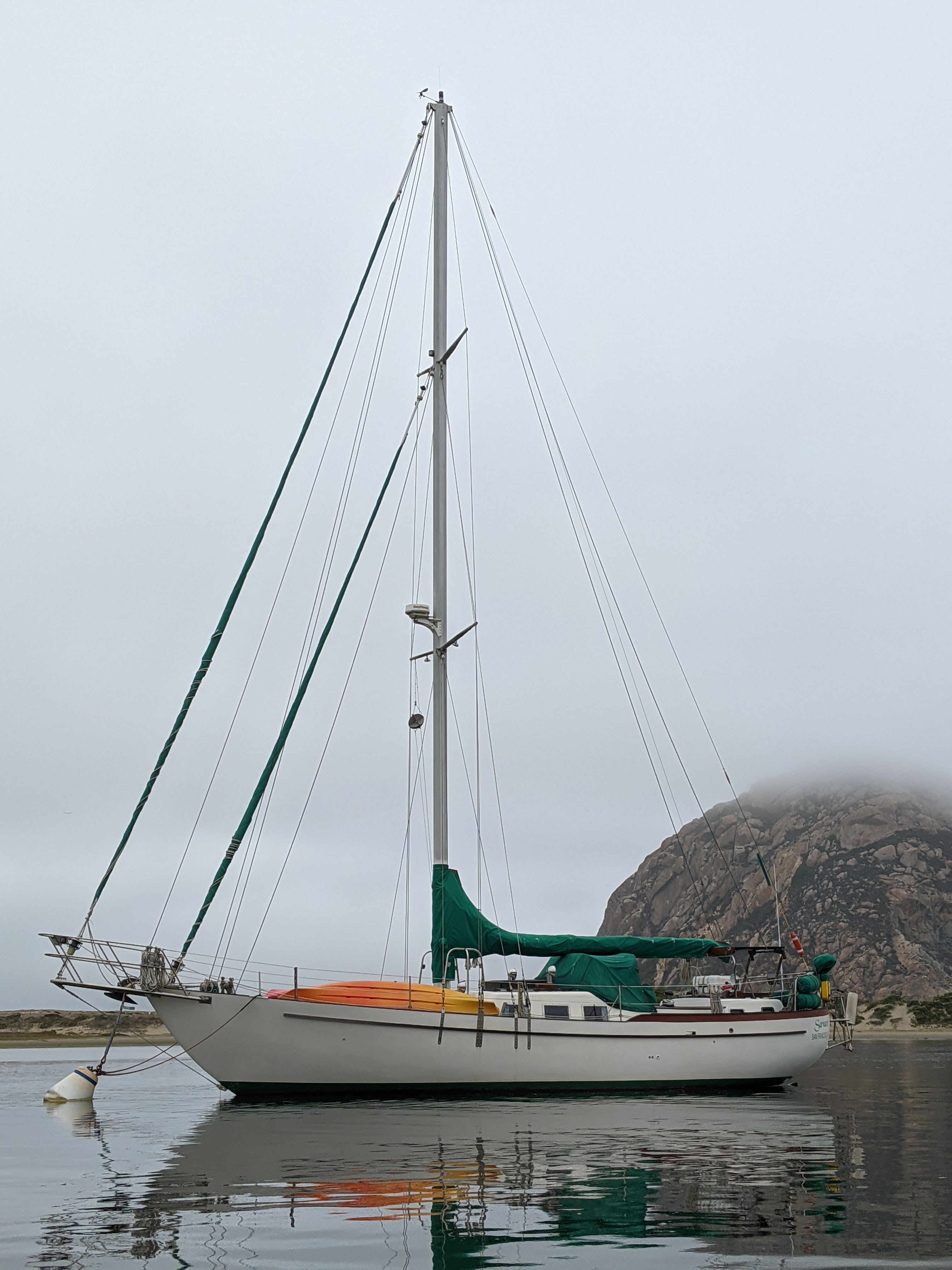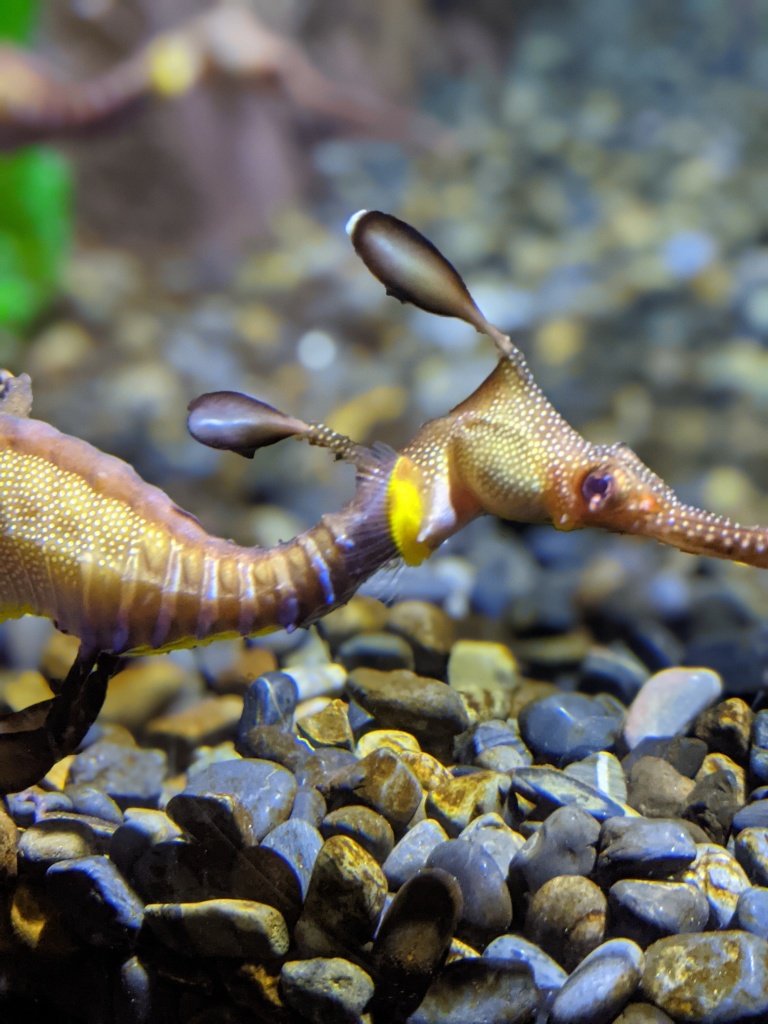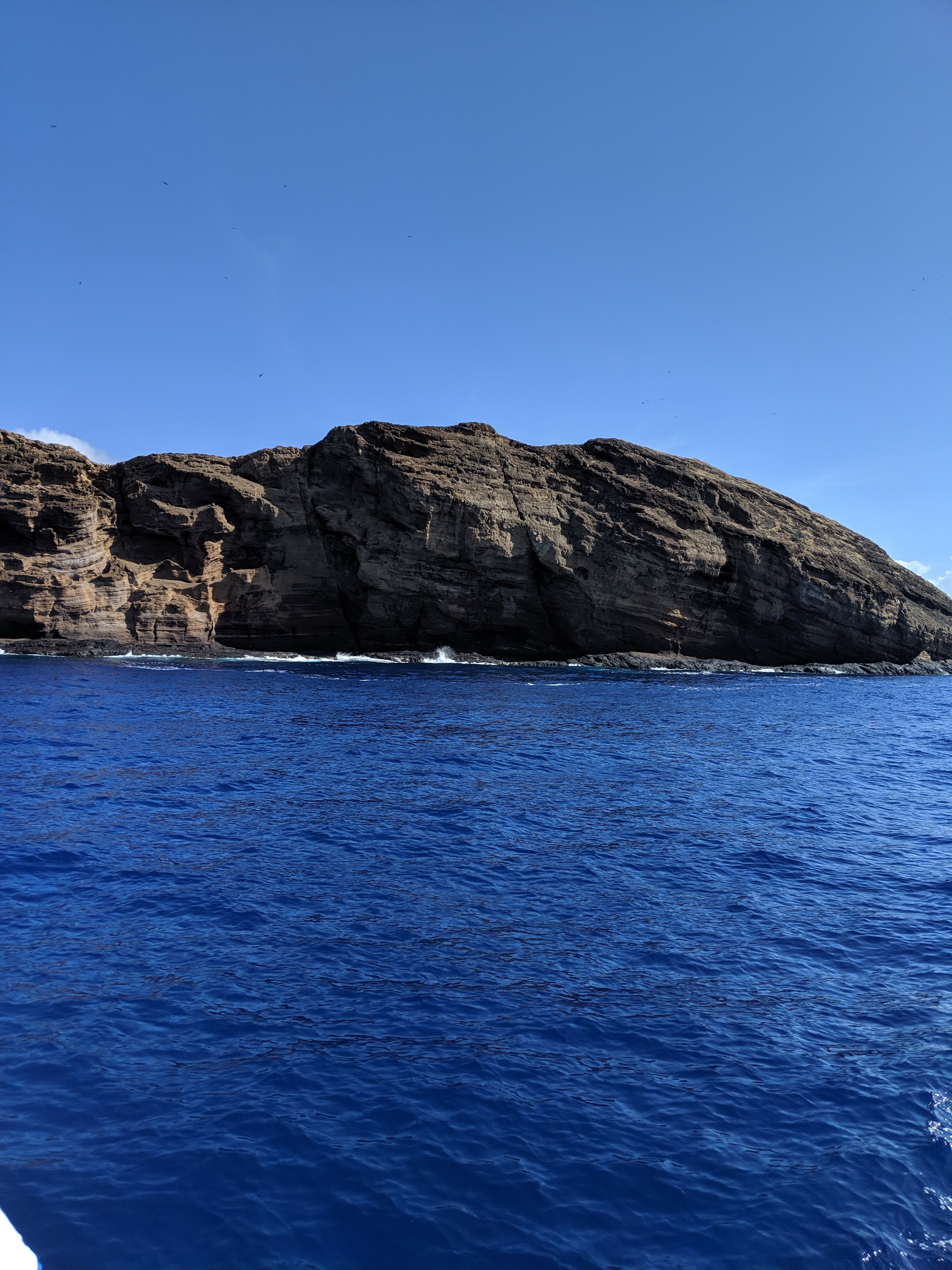Hey all! It’s been a while, but I wanted to share a bit from my most recent adventure.
The pandemic brought a lot of changes to my life, including a leap from my stressful teaching job to working freelance at a science education non-profit. I can’t say that I’ve missed having to work in a school environment every day, but occasionally I get pangs of regret that I don’t get to work with students on a daily basis.
The month of June was great because it allowed me to dip my toes back into teaching temporarily. The school I worked for was nice enough to invite me back to help teach their summer school marine biology class. The class is designed for two weeks on campus, followed by two weeks in the field in Hawaii. The class hasn’t happened for the past two years because of the dangers of traveling through a pandemic, but with the state of vaccines and more mild symptoms of the current variant, the school decided it was time to run the class again.
The two weeks on campus was a relaxed version of being a teacher and it was great to be back in the classroom, challenged with student questions and surrounded by student curiosities. I’m not looking to get back in the classroom permanently, but it was nice to connect with students again.
The two weeks in Hawaii was expectedly stressful, but felt more relaxed than previous years. I’m guessing my lack of on-paper responsibility (no school credit card, no access to health forms, no school email address) had something to do with it.
The trip was the same as in previous years, but I made a point to discover new tidbits of information and different ways of looking at the same views and vistas to keep myself entertained. Below are a couple of my thoughts during the trip:
6/17 - The sun peaks through the isthmus here on Maui, lighting up the road to Lahaina. The water in front of the condos stays dark and still while sunlight starts to dance over the tops of the dunes. I can just see Molokini popping up out of the water in the distance. The temperature is a comfortable 70ish degrees with an expected high of 85, no where near the 100 degrees predicted at home. An outrigger canoe paddles past. I can hear the calls to stroke from my seat on the lanai; they cut through the cooing of the mina birds in the palms lining the beach. There's a calm in the soft waves caressing the shore, an invitation to come and play for the day or maybe just an invitation to stay a while.
6/17 The hike this morning was wonderful. The air is dry. There are sharp contrasts between the blues of the sky and sea, and the browns and yellows of lava rock and pili grass. It's a classic mediterranean lava field where everything seems dead, but it's really just thirsty.
6/18 - The skies were clear and the air hot. Clouds capped the north Maui mountains, far enough away to not threaten rain, but not close enough to cool things off. Coolness could only be found under the cook pines with the memory of young branches etched into their trunks. I could hear sporadic bird calls beyond students talking about native Ti and invasive Strawberry Guava. In the shade it was relief.
6/20 - The path is rocky and sandy under the Milo and Kiawe trees, until the the trek out to the point, and suddenly I'm transported to hot lava fields of rust-red rock. It's all a'a lava and I imagine my thick-soled tennis shoes crying out in pain with each step. The trek is worth it, out to the end of the world - or at least it feels that way surrounded by cliffs of lava rock, a crashing ocean hundreds of feet below, and a mile and a half out on the trail after driving to the literal end of the road. The wind is over-powering, screeching in my ears and trying to throw me off balance. I can never pass up an angry ocean. It churns below me, whipped to a frenzy as wind and waves wrap themselves around the southern end of the island.
Like I said earlier, one of my goals was to connect with Hawaii in a different way than I had on previous trips. I made an effort to really look at my surroundings and then did some drawings each day of what I saw. All were made with Viviva Colors Colorsheets (watercolors), Copic 0.1 black pen, and pencil.


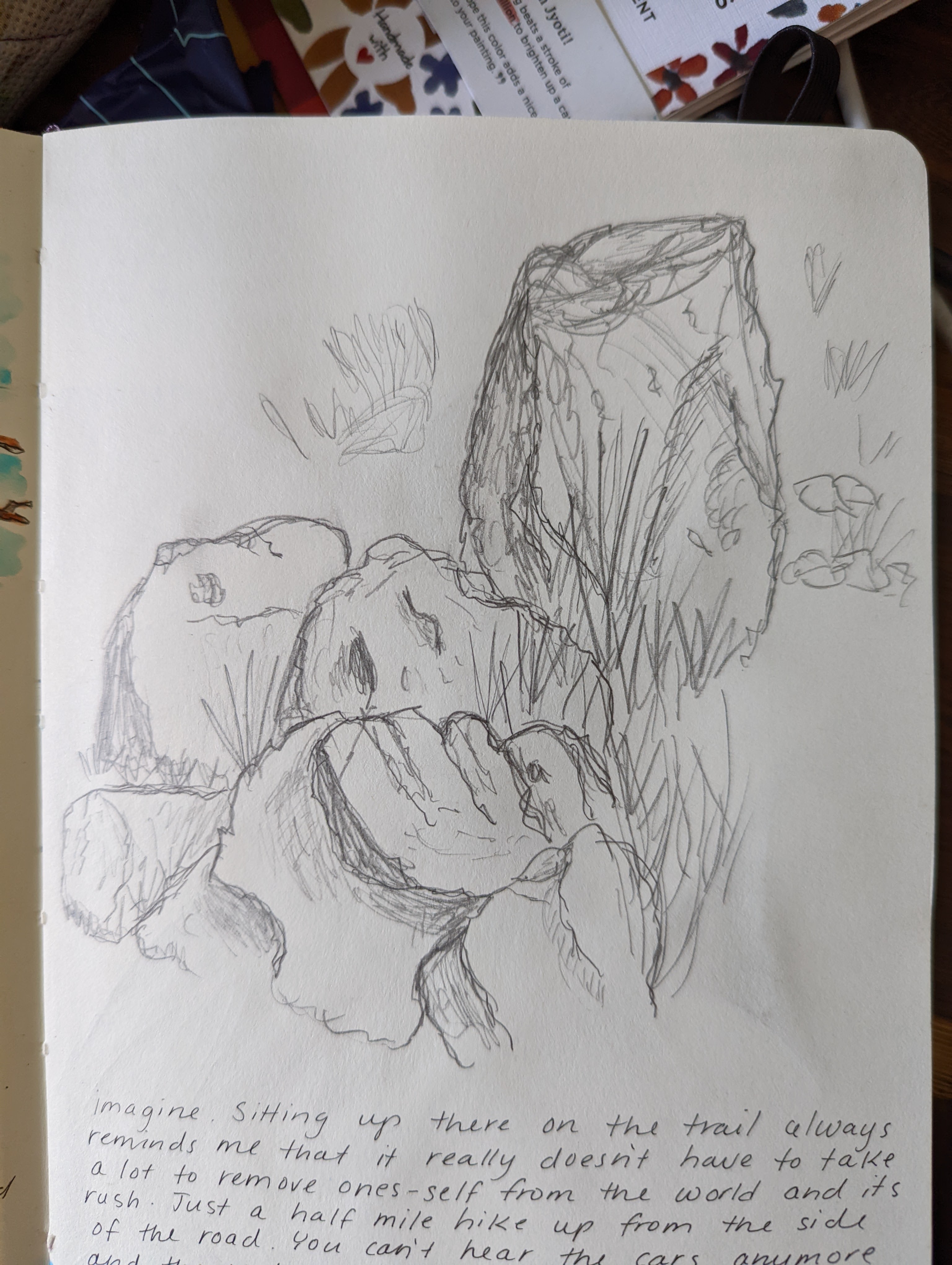


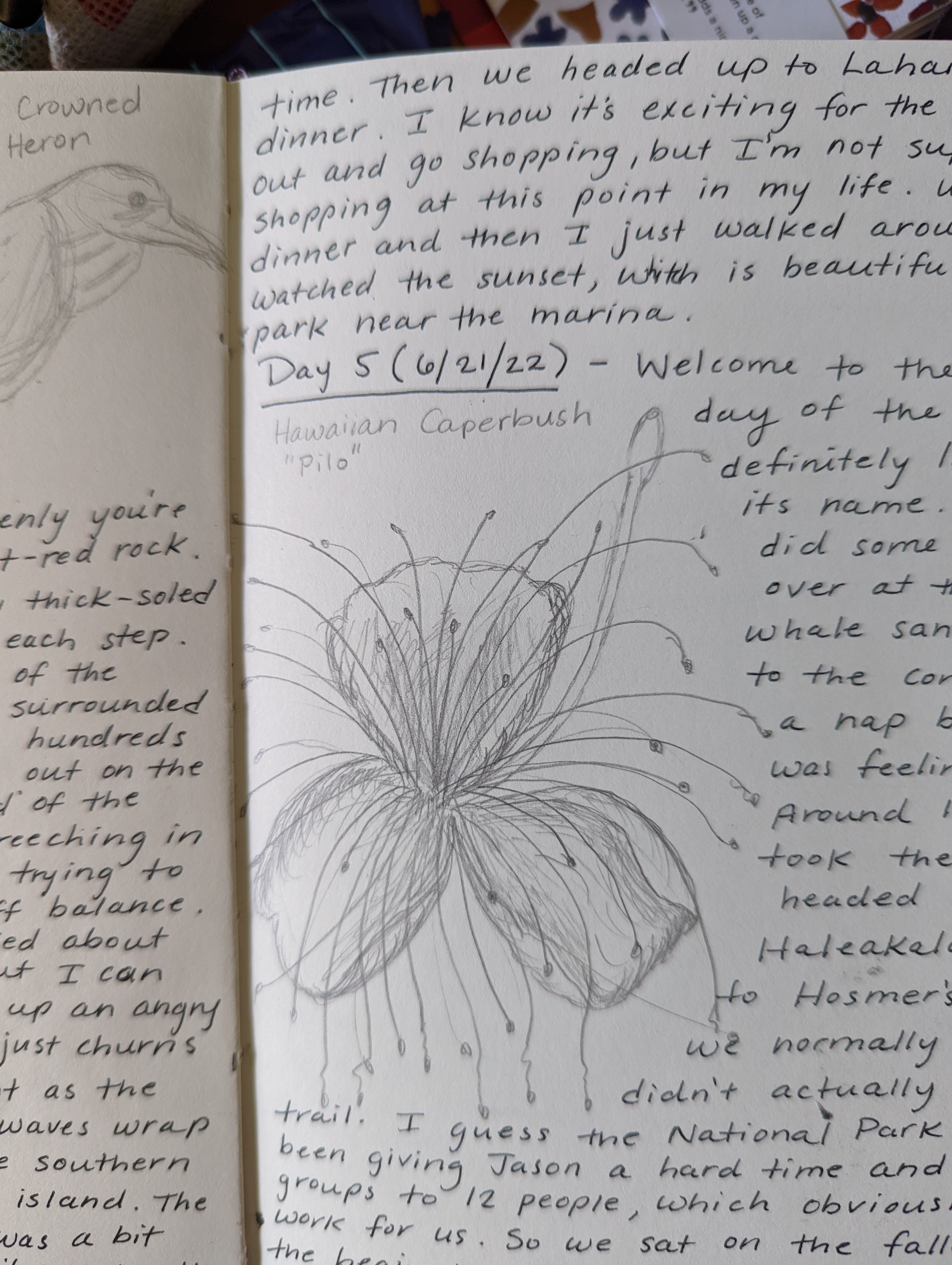








Maybe I’ll be headed back to Hawaii again next year, but also maybe not. Either way, I think I’ll be happy.
Check out my past posts if you want to see more pictures from Hawaii: 2019 Post 2, 2019 Post 1, 2018 Post 1, 2018 Post 2, 2018 Post 3.











